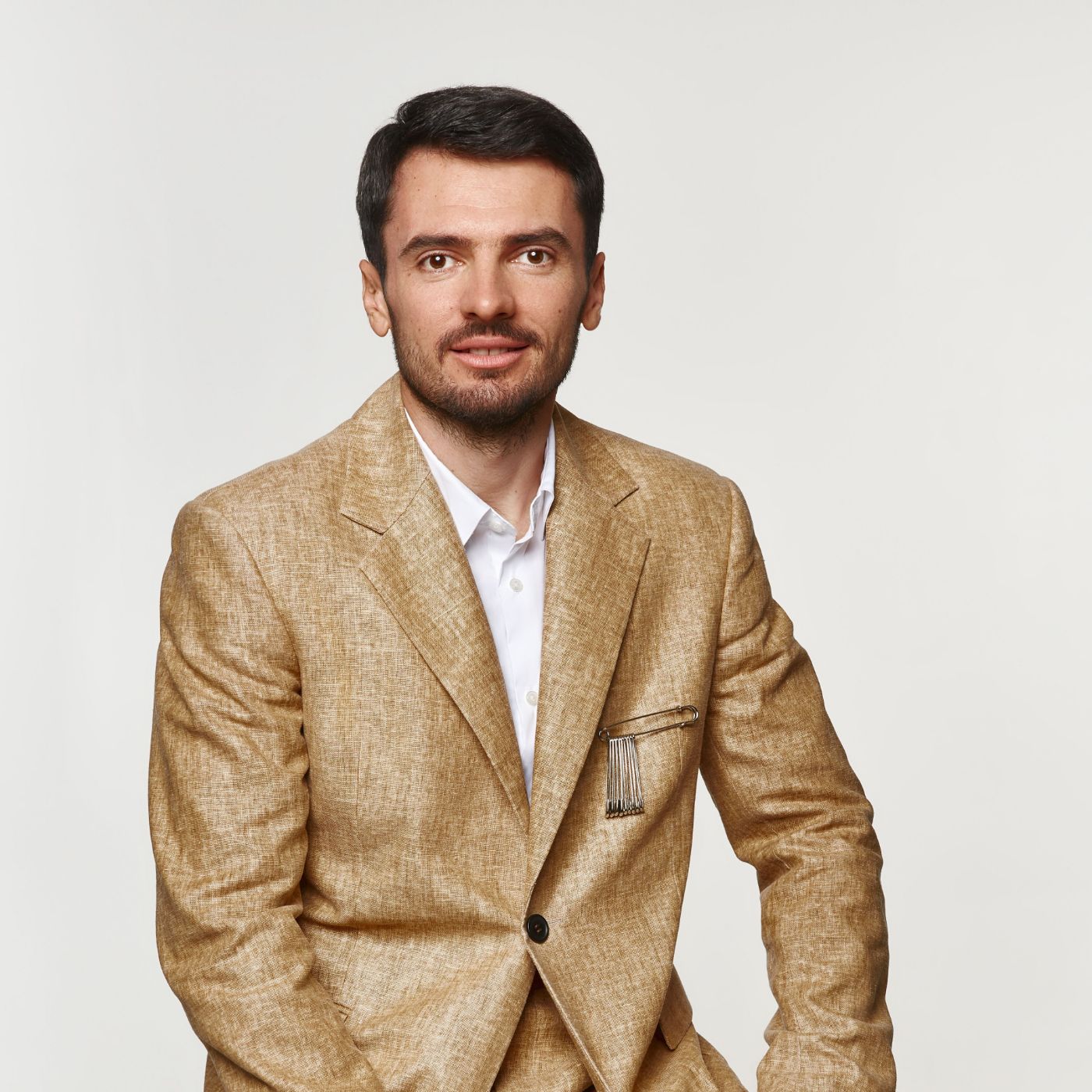503 reads
Web1, Web2, Web3 and Counting: Addressing Healthcare Challenges
by
July 16th, 2022
Audio Presented by

CEO and Co-Founder of DeHealth. Cyber War Strategist, global health and blockchain expert.
About Author
CEO and Co-Founder of DeHealth. Cyber War Strategist, global health and blockchain expert.